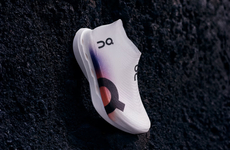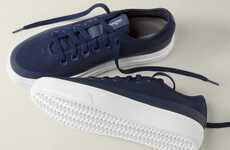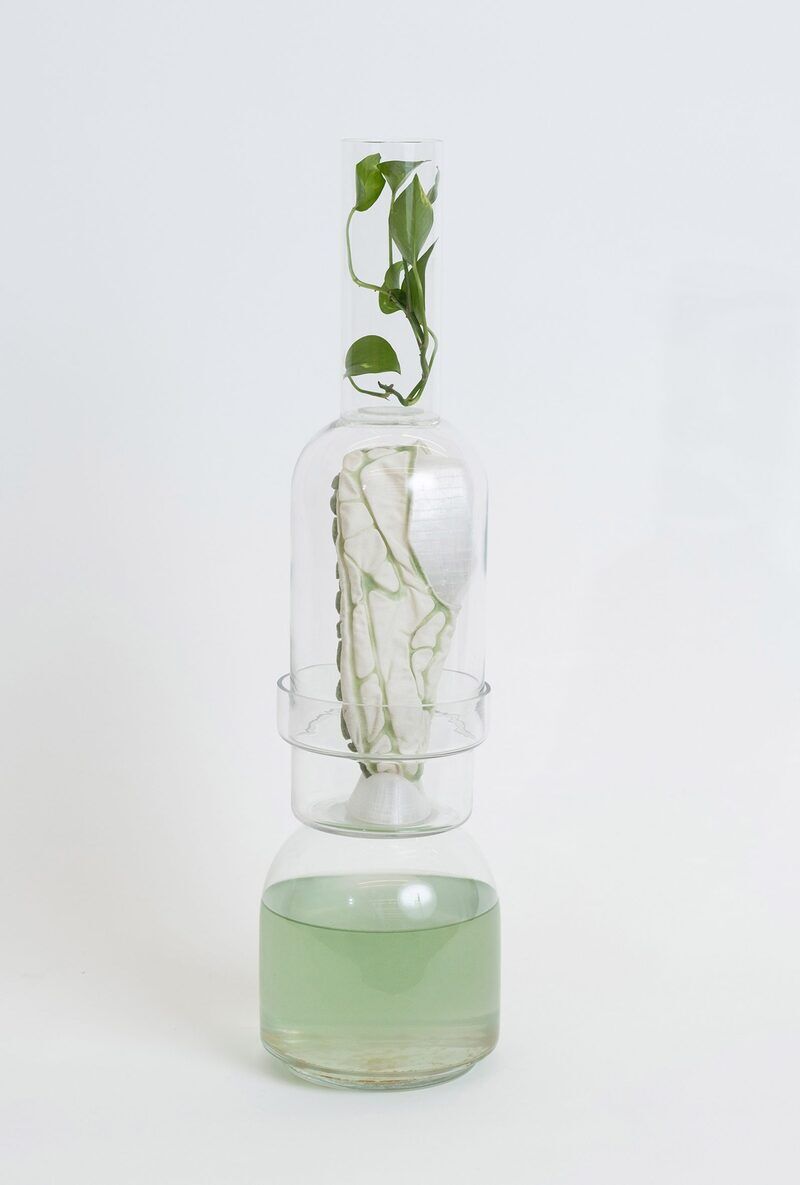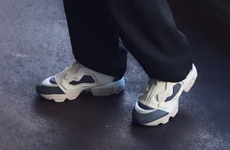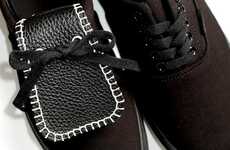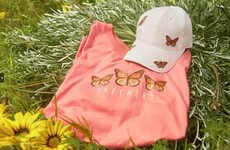
Jessica Thies' Synthiesis Project Absorbs CO2 With Algea
Laura McQuarrie — July 18, 2024 — Eco
References: synthiesis & dezeen
Jessica Thies' Synthiesis explores the use of printing ink with algae to transform items like footwear into "active objects" that function like living organisms. With the aid of living microalgae, objects take on the power to cleanse the air of carbon dioxide and reduce its environmental impact.
Designed for Thies' masters thesis at Parsons School of Design, Synthiesis gleans from her research, which shows that algae can remain alive on the shoe for up to four weeks without supplementary nutrients, and longer if properly maintained.
While the conceptual project uses soles crafted from polyurethane foam, Thies sees the potential for a bio-based, biodegradable alternative to take the place of this material in the future.
Designed for Thies' masters thesis at Parsons School of Design, Synthiesis gleans from her research, which shows that algae can remain alive on the shoe for up to four weeks without supplementary nutrients, and longer if properly maintained.
While the conceptual project uses soles crafted from polyurethane foam, Thies sees the potential for a bio-based, biodegradable alternative to take the place of this material in the future.
Trend Themes
1. Algae-infused Footwear - Integrating algae into footwear offers a unique solution for creating products that actively improve air quality by absorbing CO2.
2. Bio-based Materials - Developing bio-based, biodegradable materials for use in footwear manufacturing presents an environmentally friendly alternative to polyurethane foam.
3. Active Objects - Turning everyday items like shoes into 'active objects' that function like living organisms opens new pathways for sustainable consumer products.
Industry Implications
1. Footwear Manufacturing - The footwear industry can leverage living materials to create products that contribute positively to the environment.
2. Sustainable Fashion - Bio-integrated designs in the fashion industry showcase the potential for sustainable and eco-friendly innovations.
3. Material Science - Advanced material science can drive the development of biodegradable and bio-based alternatives, reducing reliance on synthetic compounds.
6.7
Score
Popularity
Activity
Freshness


